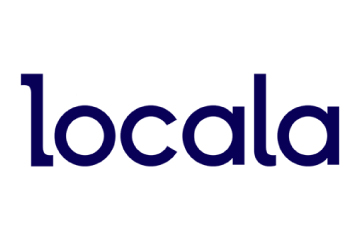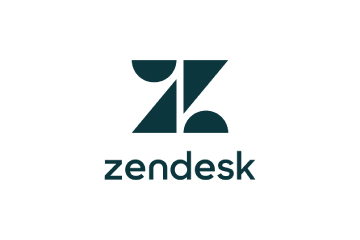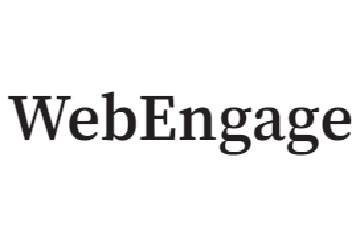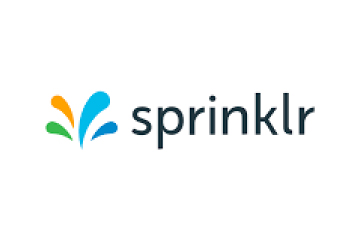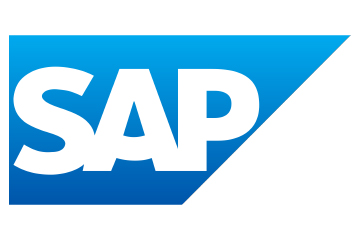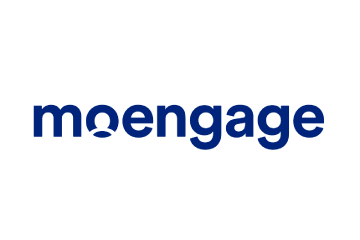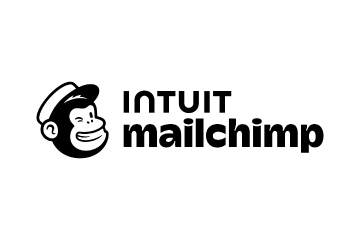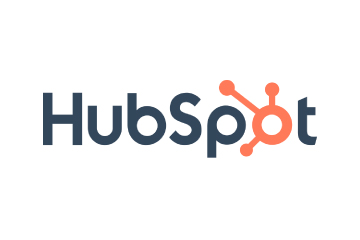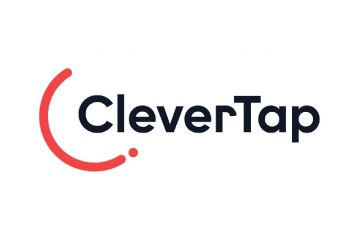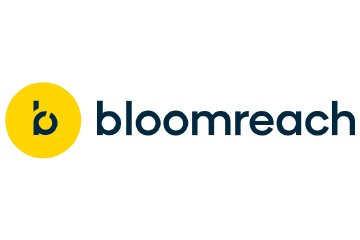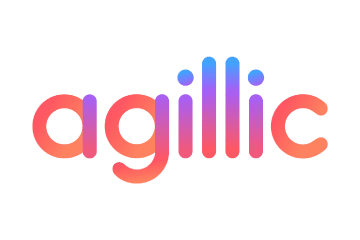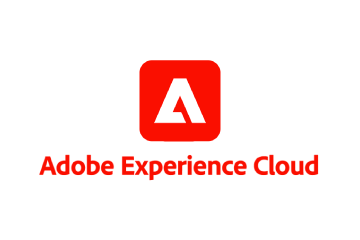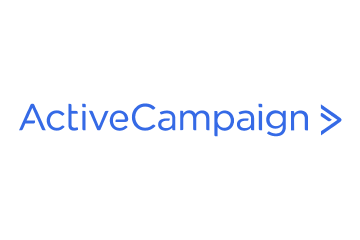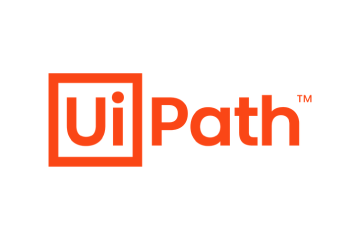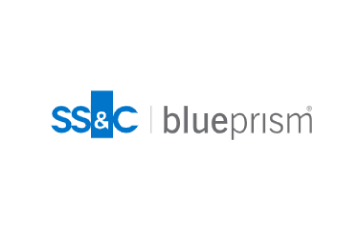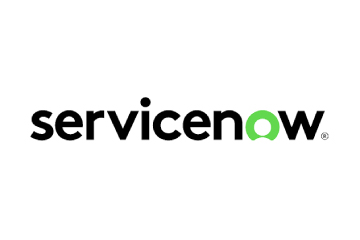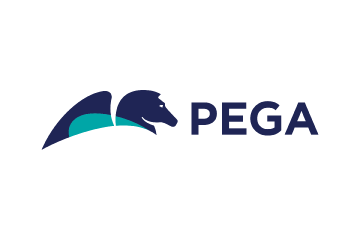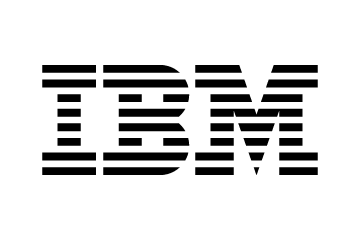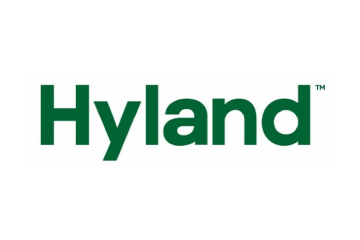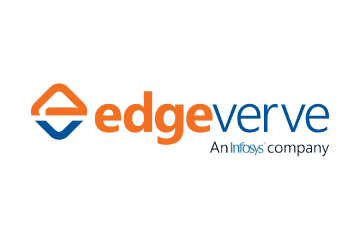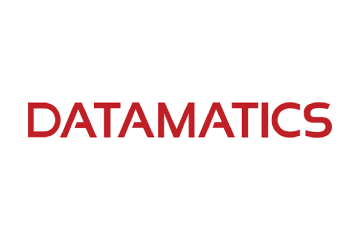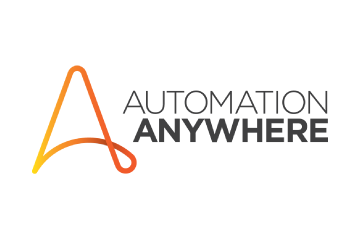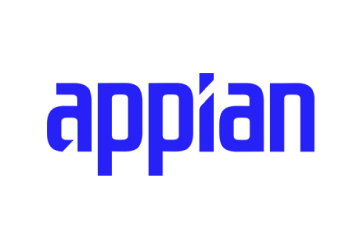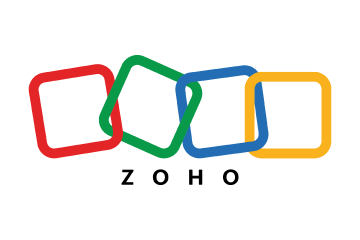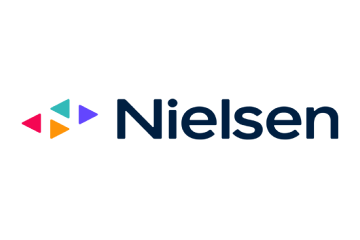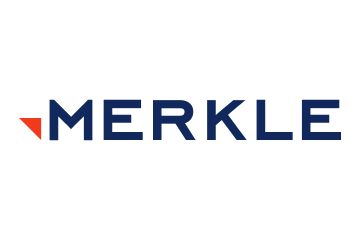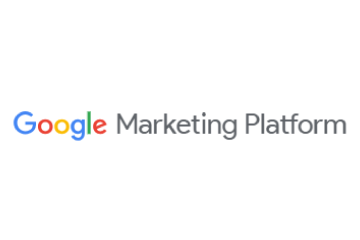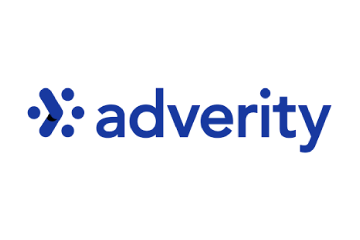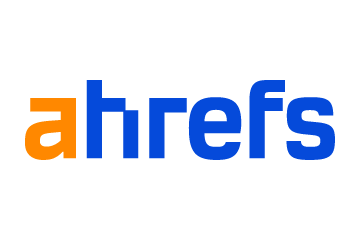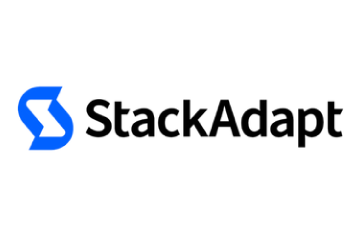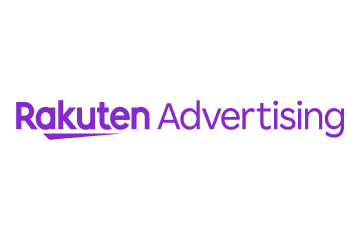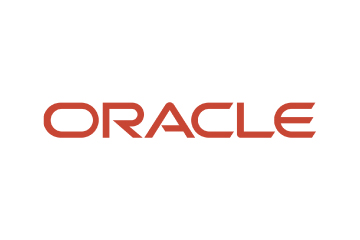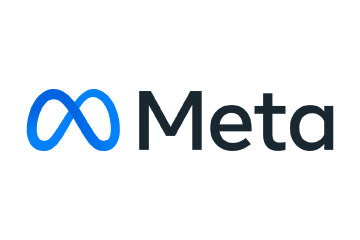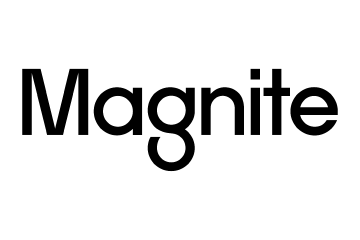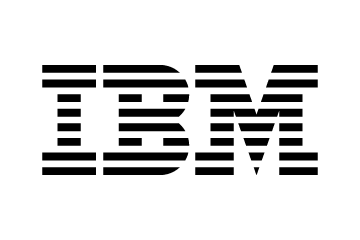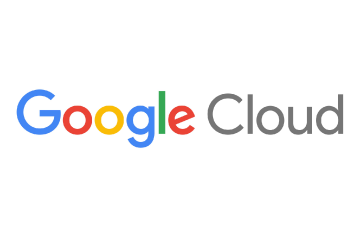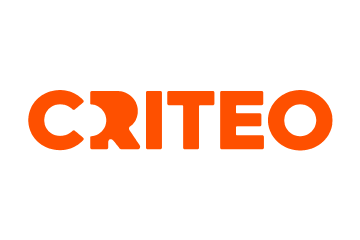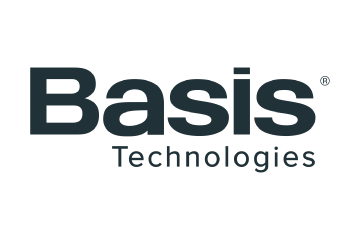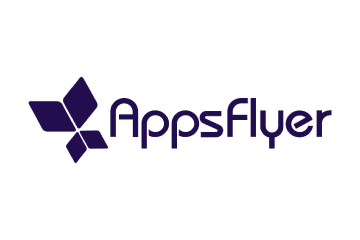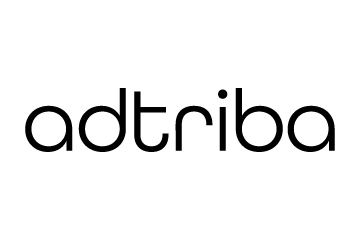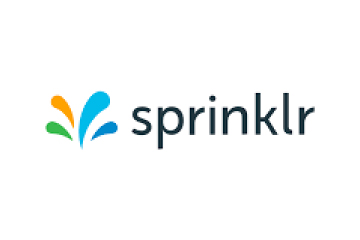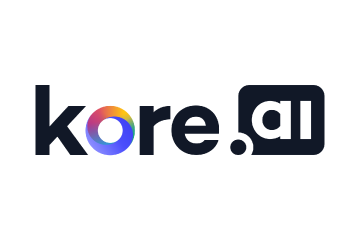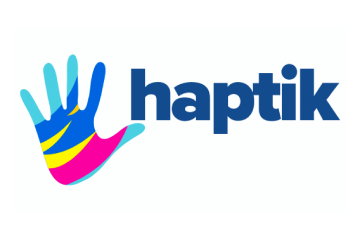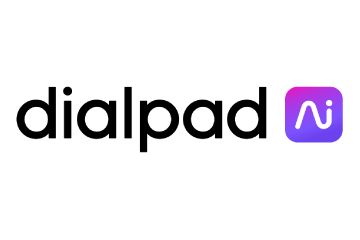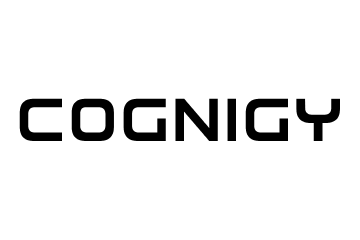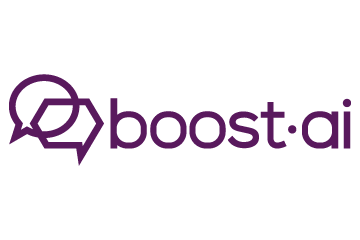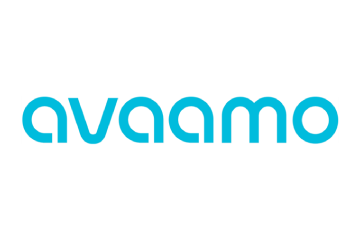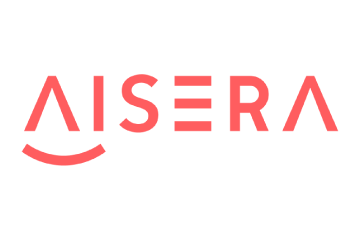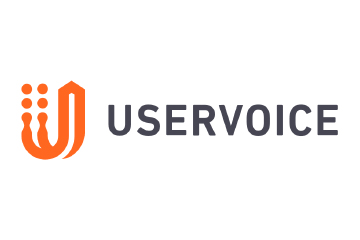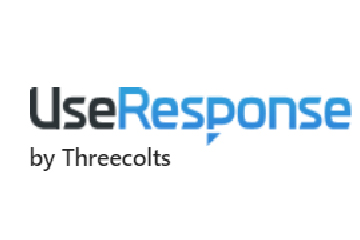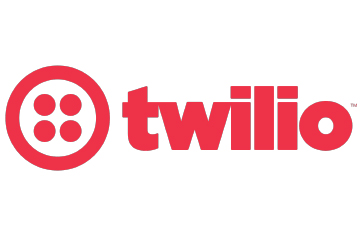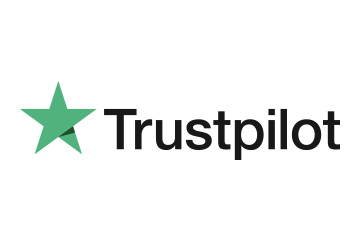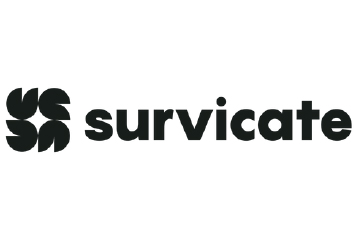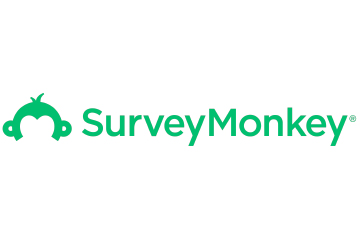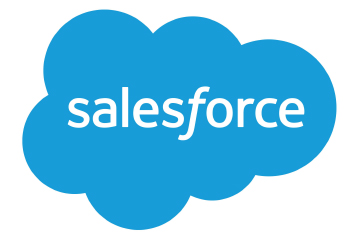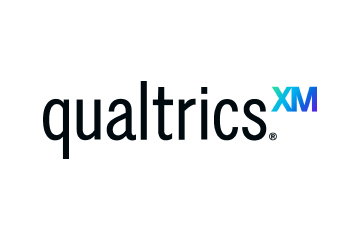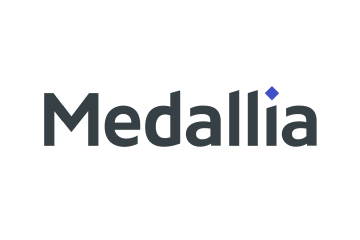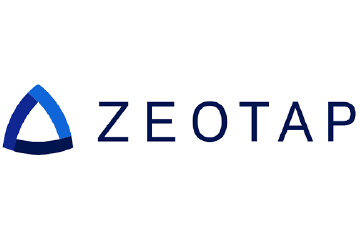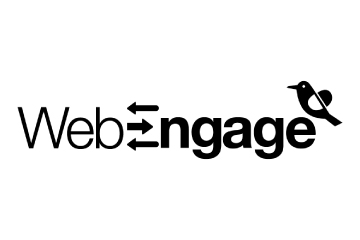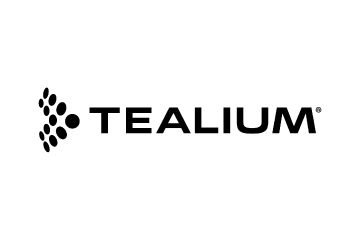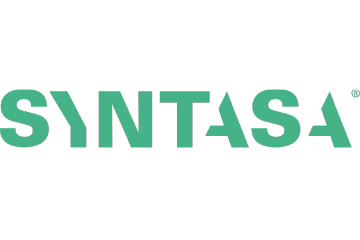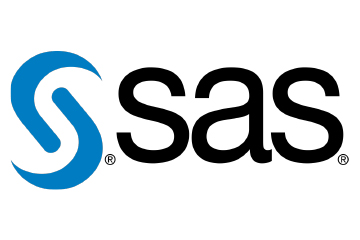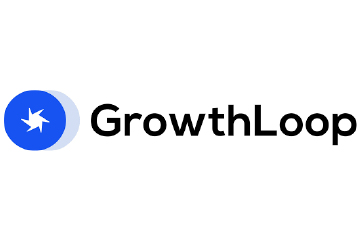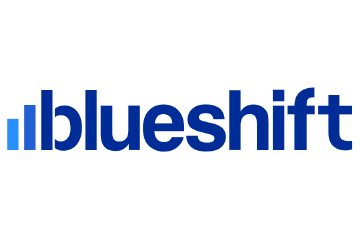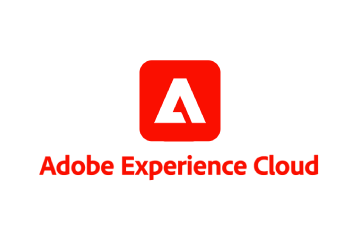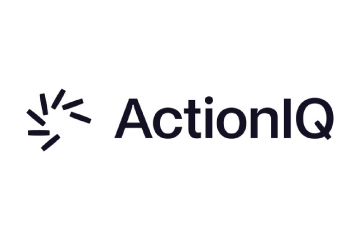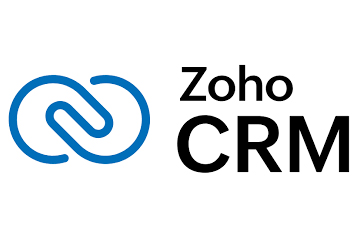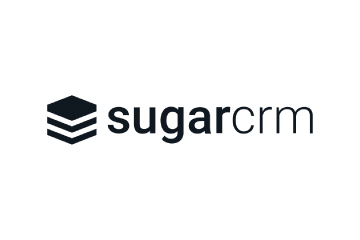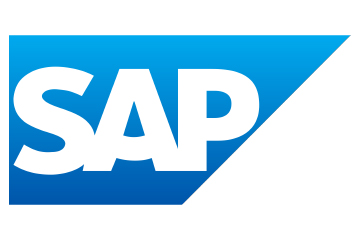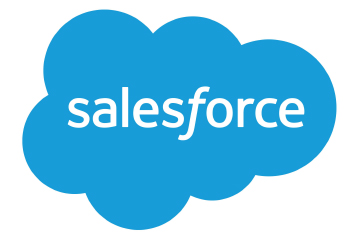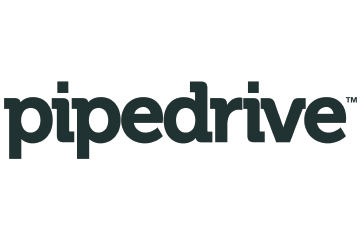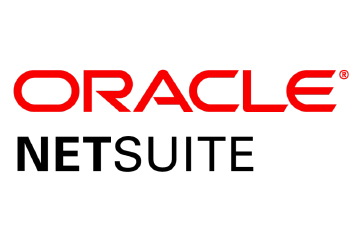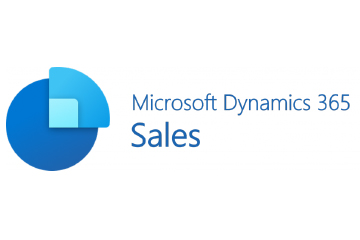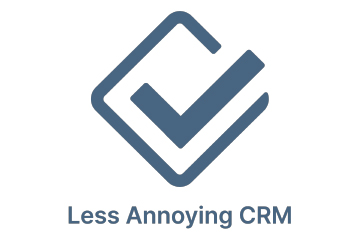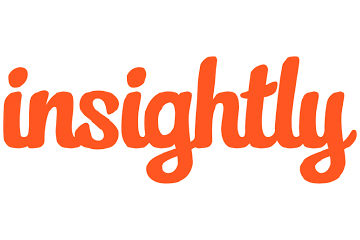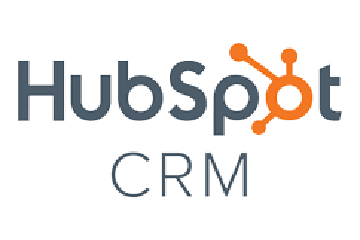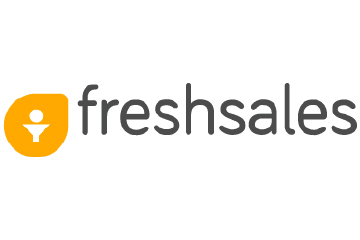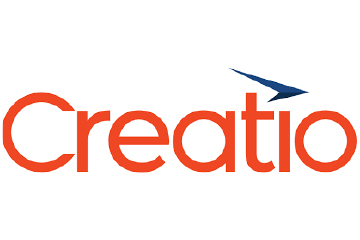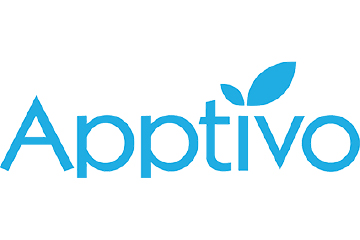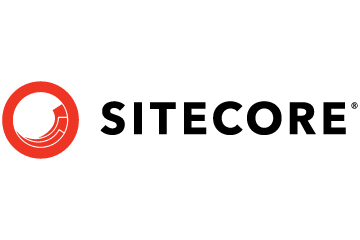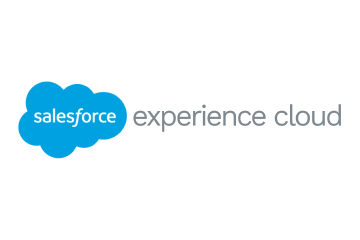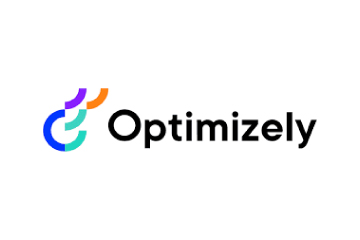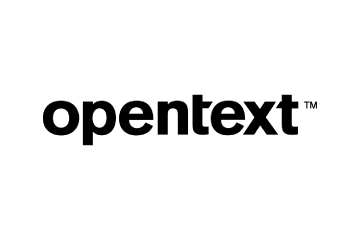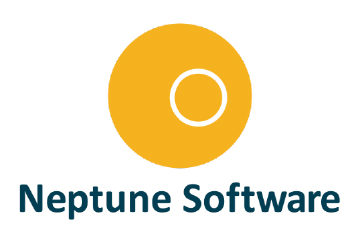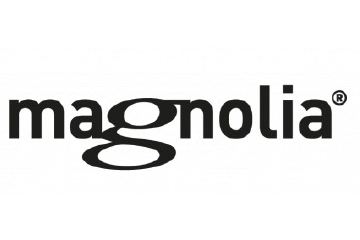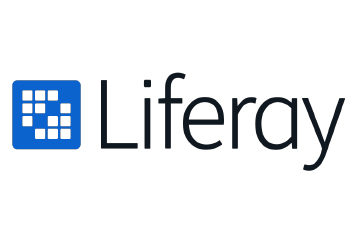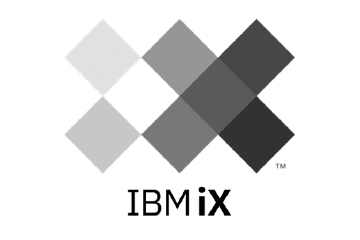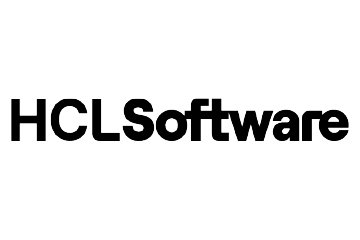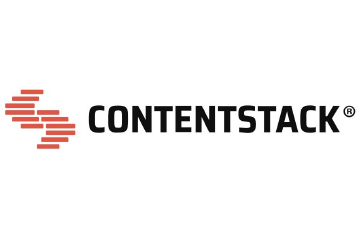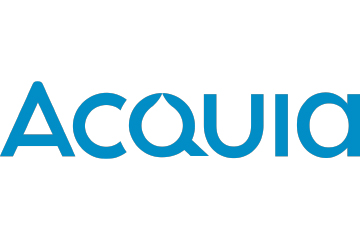Marketing Agency Pricing and AI: Why Something’s Got to Give
With AI being a core resource now, deliverable pricing must replace hourly pricing for the better.
Topics
What to Read Next
- Storyblocks Introduces AI Toolkit to Empower the Modern Creator
- Iterable Unveils MCP Server to Power AI-Driven Marketing Automation
- Creator Economy Ad Spend to Reach $37 Billion in 2025
- Circana, Yahoo DSP Expand Partnership to Enable Campaign Conversion Feed
- Bombora Expands Integration with StackAdapt

Although artificial intelligence (AI) is only just beginning to make an impact within marketing, there’s no denying its potential. It can process data, refine research, and analyse content in moments, and with very little guidance, the more creative processes – copywriting, image creation, editing, ideation – can be boosted.
This is already having an impact on the way that agencies work, expediting processes, cutting costs, and making life that little bit easier. But if you currently use a time/effort-based pricing model, it could also have a more disruptive impact.
Why AI Means the End of Hourly Pricing
The major conundrum that AI presents to a whole swathe of businesses is that if you charge your customers by the hour and AI reduces the time you spend on each project, you should be charging less.
But if you charge less for delivering the same service at a faster speed, you are not only undermining the value of your business, but reducing its viability. This doesn’t make sense when MIT estimates that generative AI can improve a highly skilled worker’s performance by as much as 40%.
So, you’d not only be working faster but smarter, and delivering better results for your clients while taking a hit for your business. It’s not a feasible arrangement. And that’s why so many businesses are now looking at adopting deliverable-based pricing.
Delivering on Deliverables
Deliverable-based pricing – also known as asset or outcome-based pricing – focuses not on the time you’ve put into a project, but on what you’ve done for your client. So, instead of billing for the time of each of your creatives, you’re putting a price on specific aspects of each project – vision, mission, values, name, logo, slogan.
In other words, a wide-ranging, multidimensional rebranding exercise with a deeply researched and targeted ad campaign that will transform brand perception. This keeps your pricing where it should be and puts a value on your services that your clients can understand and appreciate.
The difficulty is that hourly pricing has been the norm, and making fundamental changes to the inner processes of any business is always going to be daunting – even when it needn’t be.
Making the Change
As of February 2024, 0% of firms had a plan for AI’s impact on their revenue model, even though 20% of all professional services firms will need to fundamentally change their revenue model in the next 3-5 years. This is partly due to a reluctance to change, and partly because some firms simply don’t know how to implement that change because pricing your deliverable can be challenging.
However, change is going to happen. So, you do it now, under your own volition, when you’ve got the time to make the change on your terms. Or you can do it in three- or four-years’ time when everyone else in your industry has already made the move and you’re under pressure to conform.
Changing your pricing model needn’t be as intimidating as you imagine. Tools are available – configure, price and quote (CPQ) software for one – and if you’re conversant with your agency’s performance, creating a framework to categorise your services can help you to put a price on each of the deliverables you offer.
At a time when 35% of companies don’t possess the power to raise their prices significantly, deliverable-based pricing can provide a value-driven means of increasing profitability for your business.
AI isn’t yet ubiquitous. Your marketing agency might not use it yet, or perhaps only in a minor way. But the technology is evolving rapidly, and we’re reaching a stage where if you don’t start taking advantage of the services AI can offer, your business may fall behind. So, when you do make that leap, your pricing model is going to have to follow.




